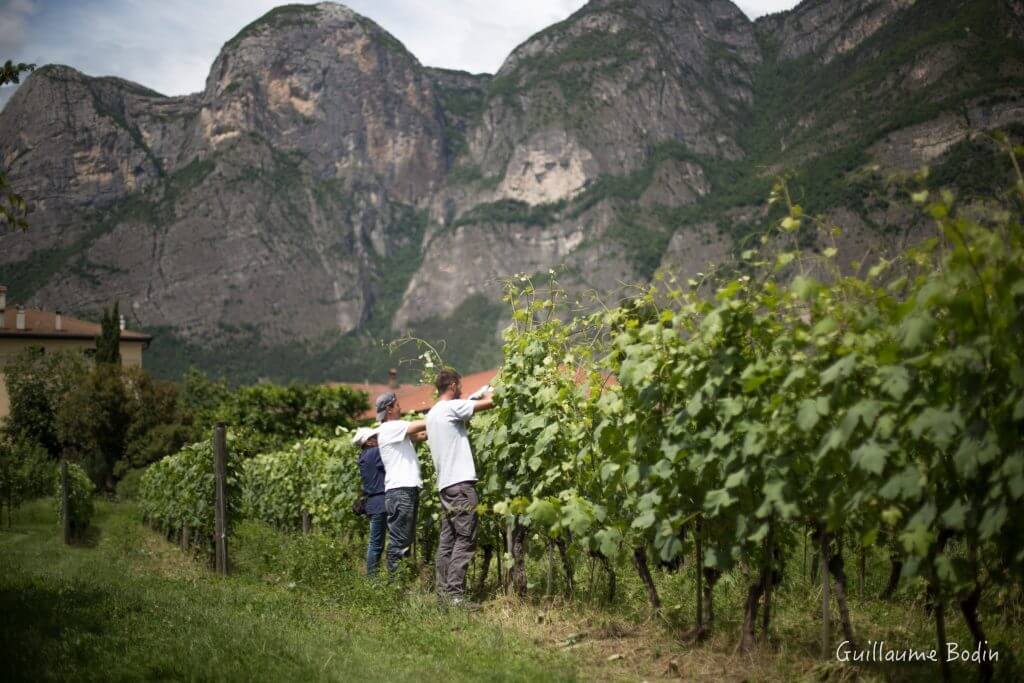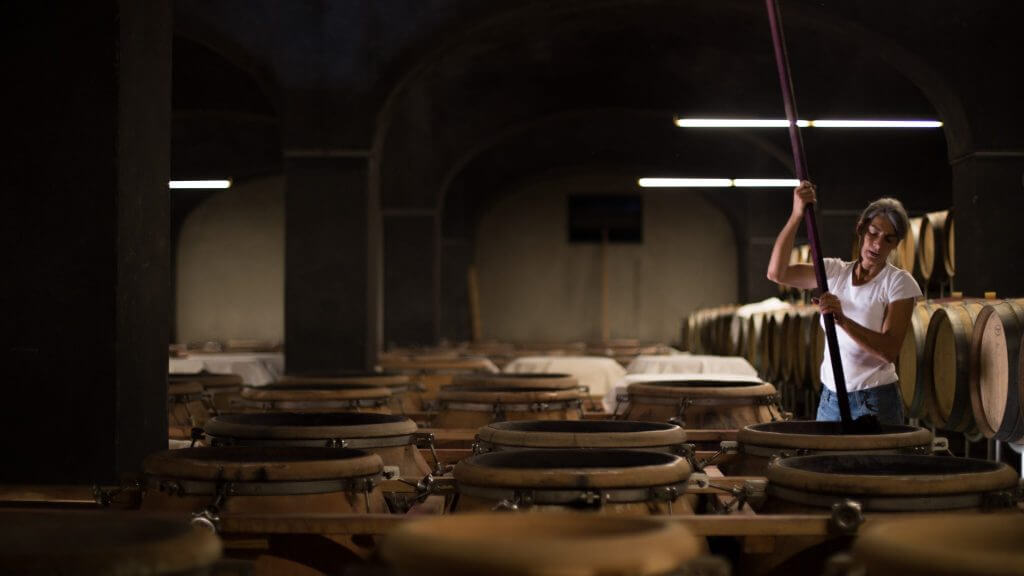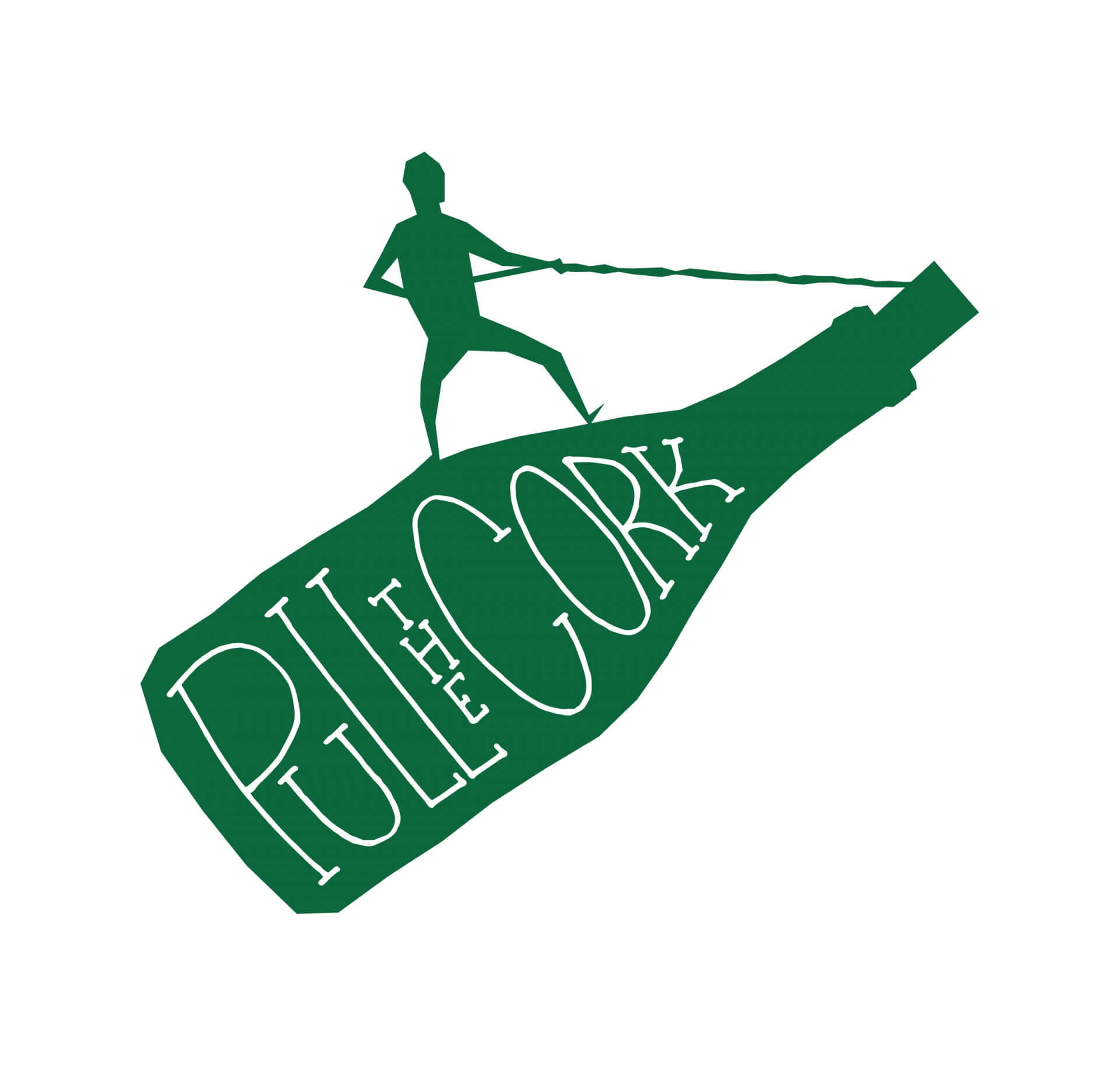Low Intervention Wines, Meet Natural Wine Producers
Elisabetta Foradori – a Key Figure in Italian Winemaking
Near San Michele all’ Adige, on the right bank of the Adige River, a wide plain unfolds beneath the mountains: its name is Campo Rotaliano. This is where the Teroldego, one of the country’s best grapes, thrives. It is no coincidence that this striking landscape marks the linguistic and cultural boundary between the Tyrol and Trentino, between north and south – an invisible border, yet nevertheless a border. The Noce valley, Campo Rotaliano with the towns of Mezzolombardo and Mezzocorona, has seen tribes and rulers come and go – Rhaeto-Etruscan settlers, the Romans, Celts, Longobards, Franks, Tyroleans, Austrians, Bavarians and Italians. Whether conquerors or settlers, traders or mercenaries, all have left their mark at this crossroads where valleys, rivers and mountain ranges converge and diverge.
Campo Rotaliano offers the opportunity of discovering a grape variety that has been cultivated for centuries in a context-rich in contrasts and history.
Always exceptional, Teroldego has for long been considered a grape of unique character giving wines with “the body and robustness of a Bordeaux”, being “somewhat rougher” and possessing “strong varietal attributes” and “a little acidity”.
These are words used to describe it by a 19th-century wine connoisseur.
Despite the area being quite small, Campo Rotaliano offers a great variety of soils at a distance of just a few hundreds of metres. Another element that distinguishes these two wines is the age of the vines, the planting density and the grape yield per vine.
The Campo Rotaliano vineyard has been divided up in the course of time into many small plots, all of which are cultivated with great care since the land was scarce and hence precious. Of course, any attempt at forcing this process and any imbalance in the vineyard leads to a breach in the bond linking a grape variety to a territory.
Easy and seemingly effective “technologies” increase the distance between the vineyard and hence the wine from its identity and its originality.
About The Teroldego grape
The Teroldego grape is medium-sized and deep in colour. Its vines need rigorous pruning. Depending on the year and the weather, the grapes ripen relatively early. The first written document in which Teroldego is mentioned by name is dated 1383 when one Nicolò da Povo undertook to give a certain Agnes, who lent him money, a ‘tun’ (around 250 gallons) of Teroldego by way of interest.
Between the 14th and 17th centuries, Teroldego was grown between Campo Rotaliano and Rovereto. It is spoken of in 16th-century Mezzolombardo when it gained a foothold in Campo Rotaliano. Elsewhere its use has waned.
Time and again the “great potential” of this wine is cited. It has even proven its robustness to oidium (1890) and phylloxera (1912). Today’s area of cultivation is quite small, amounting to only about 400 hectares, 73 per cent of which yields DOC wines.

Elisabetta Foradori And Serious Natural Wines From Italy’s Trentino
There are two distinct levels of quality that Elisabetta Foradori has aimed at producing from Teroldego.
- The first is the ‘Foradori’, marked by the purity, dignity and intensity of the fruit. Soft yet penetrating its sweetness is backed by a supporting acidity that weaves elegantly amongst the fruit.
- The second, called ‘Granato’ is a wine of greater strength, harmony, depth and nobility. Deep, almost shy on the first nose, it reveals itself as the aromas come into focus: wild berries and candied fruit make way for roasted hazelnuts, baked bread, leather, eucalyptus and pomegranate, then the full robust palate shows plenty of temptingly chewy flesh.
The vines are cultivated on different terroirs (varying quantities of pebbles and gravel), with different exposures and with differing quality potential. The grapes are vinified separately, plot by plot, and only after ageing in wood are the wines from different parcels of vines blended to obtain an ideal balance.
Inspiring principles of Elisabetta Foradori’s work in her vineyards
In 1985 Elisabetta Foradori started her work to recover the variety’s diversity.
The climate and soil are elements that cannot be modified, while the work of man can lead to deep changes in the grapevine. Clonal selection in the 1970s led to the homogenisation of the Teroldego grape variety and hence to its genetic impoverishment: very few clones aimed exclusively at increasing the yield were developed. The limited area cultivated with Teroldego grapes (about 400 ha in Campo Rotaliano) was soon covered completely with the clonal material. The result is that today almost all of the vineyards are cultivated with only this variety of Teroldego.
After identifying the estate’s oldest vineyard, she started with the careful selection and multiplication of the plant specimens that had the required quality features. Their monitoring over the years led to a further selection and it was followed by others reaching up to this day. Foradori has selected 15 Teroldego biotypes that she uses for replanting. They are the qualitative “backbone” of her wines.

Ensuring a vineyard’s utmost diversity is the best possible guarantee of obtaining great qualitative results.
This is the idea behind all of the work that follows in the vineyard, aimed at reaching the variety’s perfect balance thus allowing it to express itself in full and exalt its whole potential and uniqueness.

